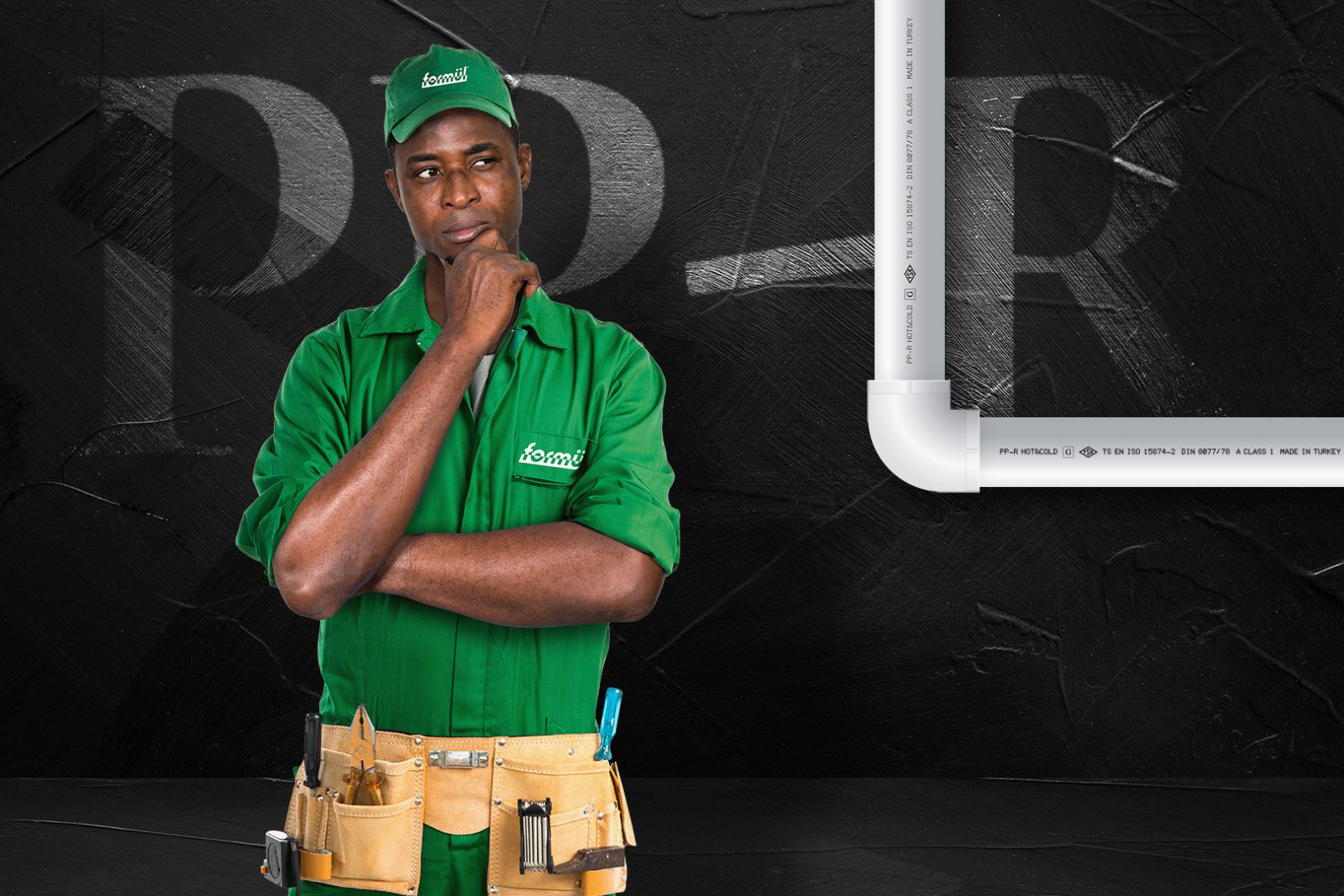PPR pipes, also known as polypropylene random copolymer pipes, have been gaining popularity as a reliable and efficient plumbing material for both residential and commercial properties. However, despite their growing popularity, there are still several misconceptions about PPR pipes that need to be addressed. In this article, we will take a closer look at five of the most common misconceptions about PPR pipes and why they are not true.

PPR pipes are not strong enough for hot water?
One of the most common misconceptions about PPR pipes is that they are not strong enough to handle hot water. This is not true, as PPR pipes are designed to withstand high temperatures and can handle hot water up to 95 degrees Celsius. In fact, PPR pipes are often used in heating systems and are able to withstand temperatures as high as 110 degrees Celsius. Plumbers should however be mindful of the raw materials used. Virgin raw material offers the best resistance to heat with no chance of water pollution. Recycled raw material however leaks unwanted minerals into the water they transport and offers little resistance to heat. At formül plastic, our PPR pipes are made from virgin raw material.
PPR pipes are not suitable for outdoor use?
Another common misconception about PPR pipes is that they are not suitable for outdoor use. This is also not true, as PPR pipes are UV-resistant and can withstand extreme temperatures when produced with these properties in mind. They are suitable for outdoor use, such as in irrigation systems, and are able to withstand the effects of sunlight and extreme temperatures without any problems when coated with a UV barrier.
PPR pipes are not compatible with other plumbing materials?
Some people believe that PPR pipes are not compatible with other plumbing materials, such as copper and PVC. However, this is not the case. PPR pipes can be easily connected to other materials using special fittings, making them a versatile and flexible option for any plumbing project. Consider fittings like transition unions; male and female, transition nipple, normal unions and even Formül Plastik’s “elbow with nut” “tee with nut”and “pex tail adapters”
PPR pipes are not recyclable?
PPR pipes can be recycled, and in fact, recycling of PPR pipe has been common in some countries for many years. They can be recycled and used to make new products, such as outdoor furniture, toys and others, which makes them an eco-friendly option.
PPR pipes are more expensive than other materials?
While the initial cost of PPR pipes may be higher than some other materials, they have a longer lifespan and require less maintenance. PPR pipes are resistant to corrosion, scaling, and chemical damage, meaning they will last longer and require less maintenance over time. Additionally, PPR pipes are a cost-effective option in the long run, as they will save you money on repairs and replacements in the long run. On a pricing scale, PPR are far less expensive than copper, Pex-Al-Pex and even galvanized iron pipes.
In conclusion, PPR pipes are a reliable and efficient plumbing material that is suitable for both residential and commercial properties. The misconceptions about PPR pipes are not true, as PPR pipes are UV-resistant and can withstand extreme temperatures when coated with UV stabilizing sheet, suitable for outdoor use, compatible with other plumbing materials, recyclable, and cost-effective in the long run. It is important to consider all the facts and not be swayed by misconceptions when making a decision about your plumbing needs. With their many benefits, PPR pipes are definitely worth considering for your next plumbing project. Formül Plastik offers Turkey’s best PPR pipes with standards responding to a variety of markets and certified by 11 international certification bodies. Get in touch how we can help you with your project.
01.02.2023